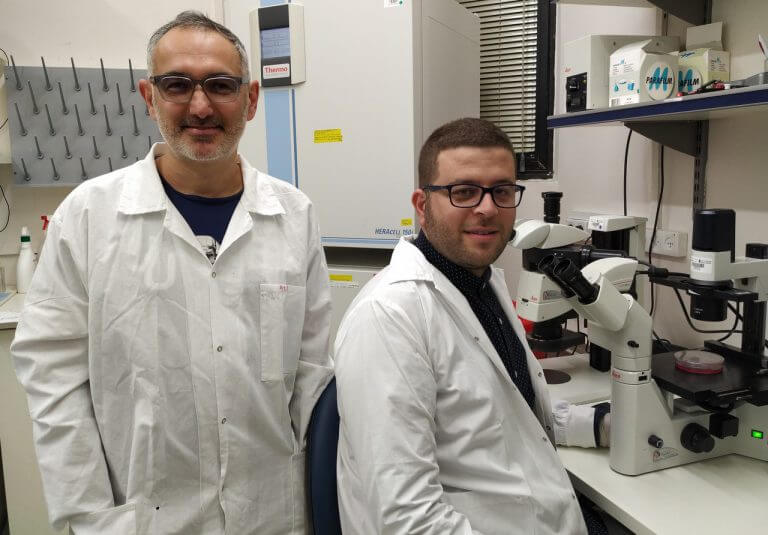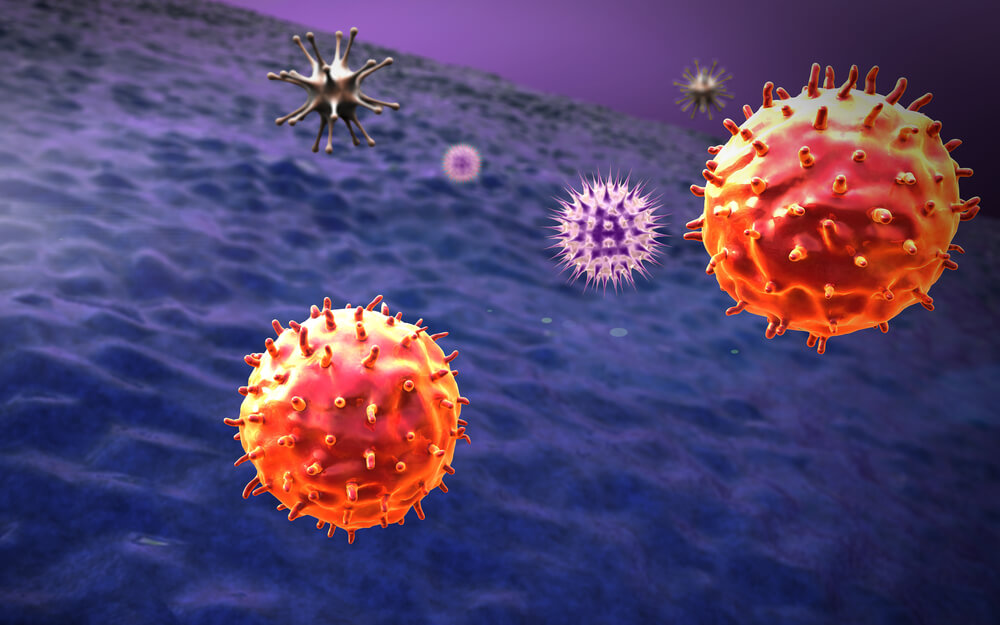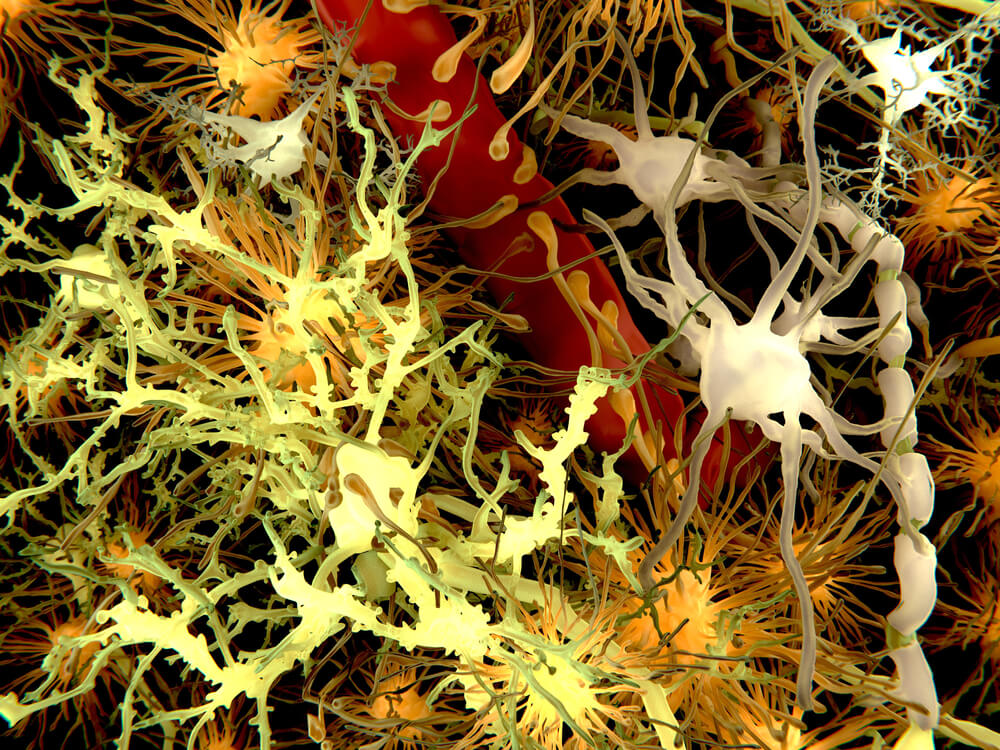Hayadan > Stem cells
Stem cells
- Weizmann Institute
- April 24, 2024
An artificial intelligence model sheds light on the specialization pathway of muscle cells and reveals an important control node along the way
- The Voice of Science website - the Israel National Science Foundation
- March 14, 2024
Researchers discovered which genes are required for each stage of cell differentiation into neural stem cells and neurons, i.e. for brain development, and which of them are involved in diseases of the nervous system
- Haifa University
- March 6, 2024
- No comments
Extracellular matrix is the part of the tissue that surrounds the cells and provides them with structural support. Beyond the structural function of the matrix, it is used for a variety of roles, such as separating tissues from one another and controlling intercellular communication, hence its role in this disease
- The Hebrew University
- March 3, 2024
- No comments
A study by researchers at the Hebrew University found that in mature cells derived from stem cells, which are used in the field of regenerative medicine that focuses on renewing living tissues and creating organs for transplantation, cancerous mutations may appear
- Science site The Conversation
- December 18, 2023
- No comments
In theory, a male skin cell can be turned into an egg and a female skin cell into a sperm cell. There is also the possibility of a child genetically connected to several parents, or only to one parent
- The Voice of Science website - the Israel National Science Foundation
- September 23, 2023
Researchers have discovered that two epigenetic events (removing and adding methyl from DNA) lead to the differentiation of stem cells into muscle cells and thus to the regeneration and healing of muscles after their injury
- Avi Blizovsky
- September 6, 2023
- 6 תגובות
A pregnancy test detected the fetus in the test tube. The artificial models developed from stem cells - without egg, sperm or uterus - and grew in the laboratory until day 14
- The Voice of Science website - the Israel National Science Foundation
- August 21, 2023
Tissue engineering offers a solution for the treatment of disc herniations: an implant that combines synthetic hydrogel and living cartilage cells
- Science site The Conversation
- August 17, 2023
- 2 תגובות
Today, patients needing a heart transplant have to join a waiting list, and hearts become available when someone else dies. Because there are not enough hearts, only critically ill patients are put on the waiting list
- The Voice of Science website - the Israel National Science Foundation
- August 15, 2023
Producing heart cells from skin cells made it possible to discover defects that lead to heart failure
- The Hebrew University
- July 23, 2023
- No comments
A research team led by Prof. Yossi Buganim from the School of Medicine of the Hebrew University succeeded in reprogramming human skin cells into functional placental cells so that there is no need to extract stem cells from embryos
- Avi Blizovsky
- March 20, 2023
- 2 תגובות
The researchers behind the new study were able to create baby mice with genetic material from two males without any genetic changes. They achieved this by using stem cells to create primordial germ cells (PGCs), which differentiate into sperm and egg.
- Weizmann Institute
- July 25, 2021
A discovery by the institute's scientists may make it possible to increase the amount of stem cells in bone marrow transplants - and improve their chances of success
- The science service
- March 31, 2020
- 4 תגובות
- The Technion
- January 20, 2020
- No comments
- The Hebrew University
- October 7, 2019
- One response
- The Technion
- August 1, 2019
- No comments
- Avi Blizovsky
- June 15, 2019
- 3 תגובות
- Weizmann Institute
- June 5, 2019
- No comments
- Weizmann Institute
- April 27, 2019
- No comments
- Dr. Moshe Nahamani
- April 27, 2019
- 3 תגובות
- Tel Aviv University
- March 14, 2019
- 2 תגובות
- Dr.Roey Tsezana
- February 9, 2019
- 6 תגובות
- The Technion
- January 17, 2019
- No comments
- The science service
- January 3, 2019
- 9 תגובות

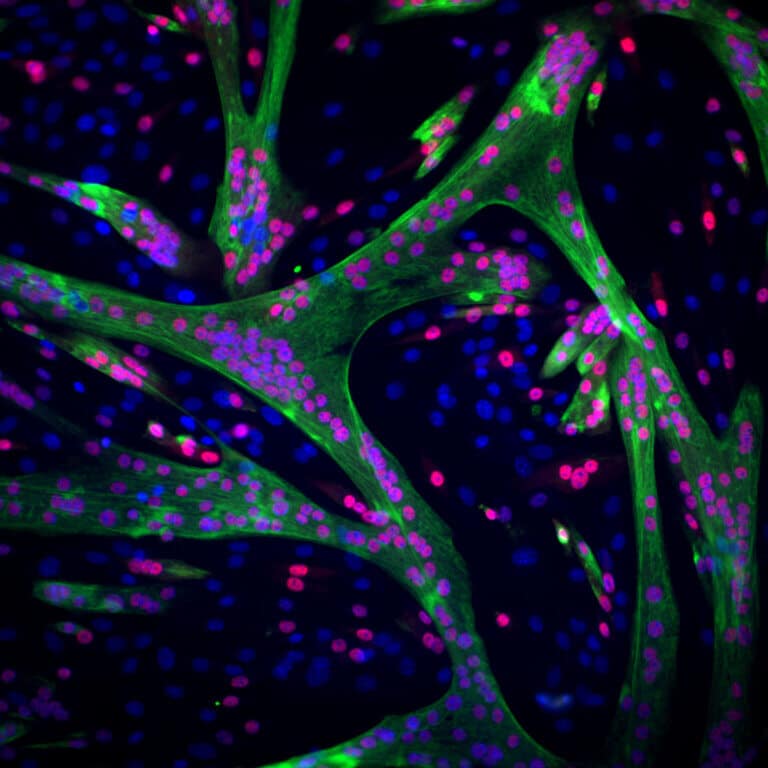
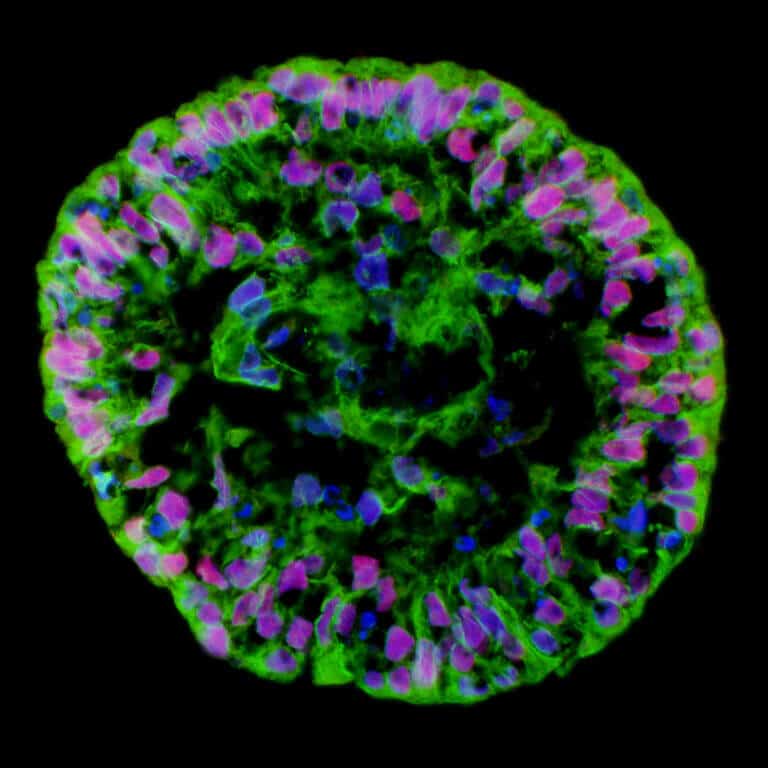
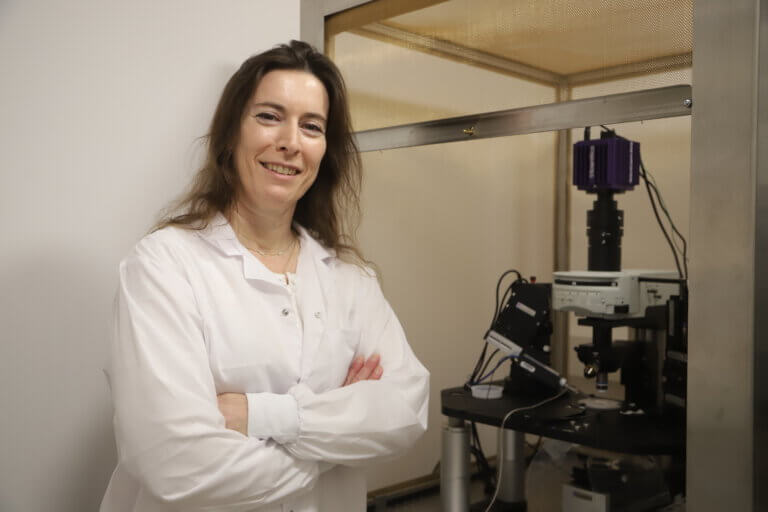
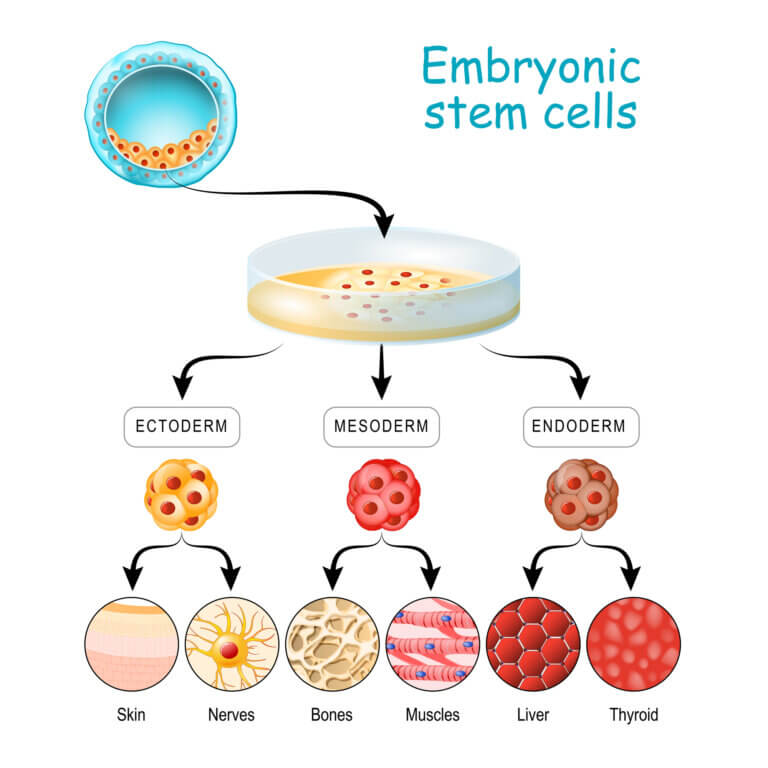
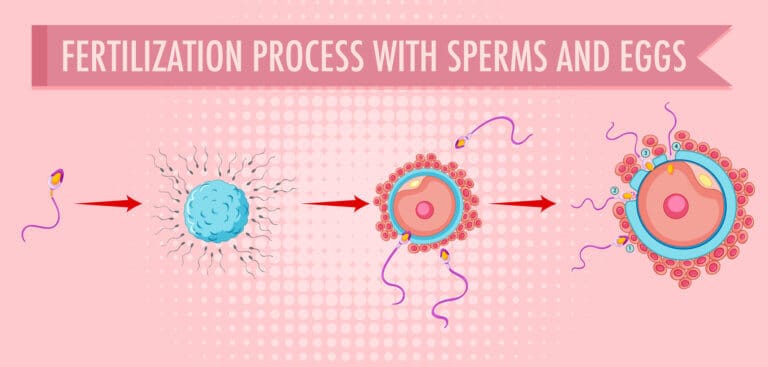
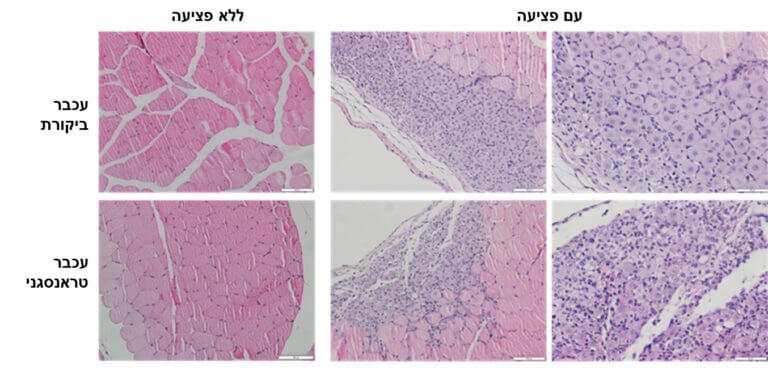
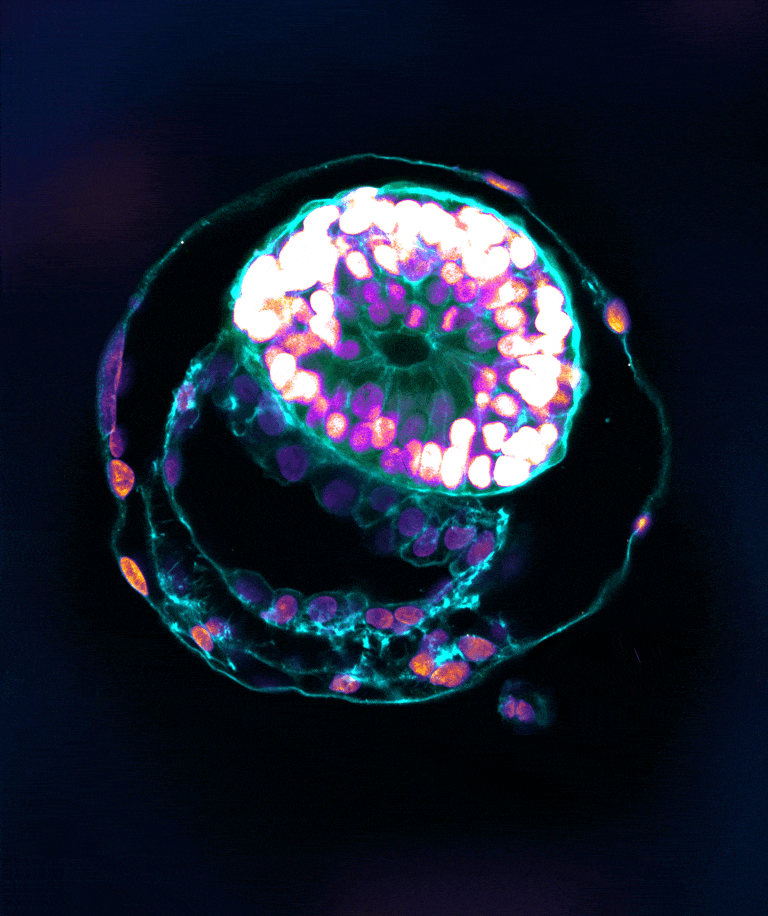
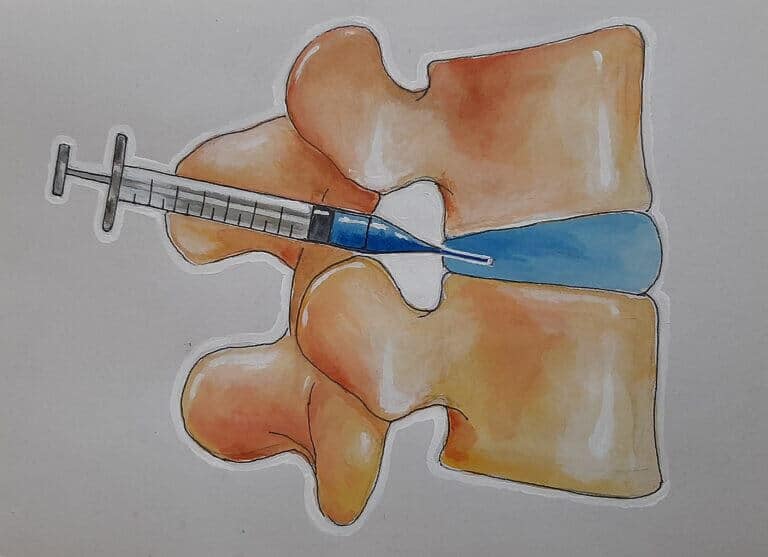
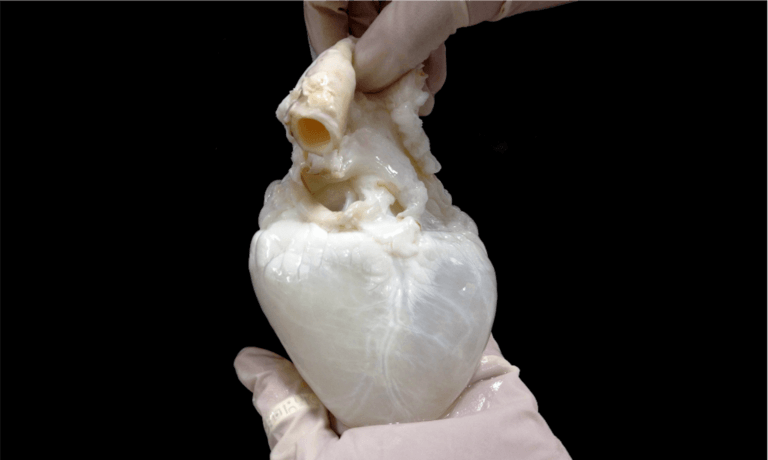
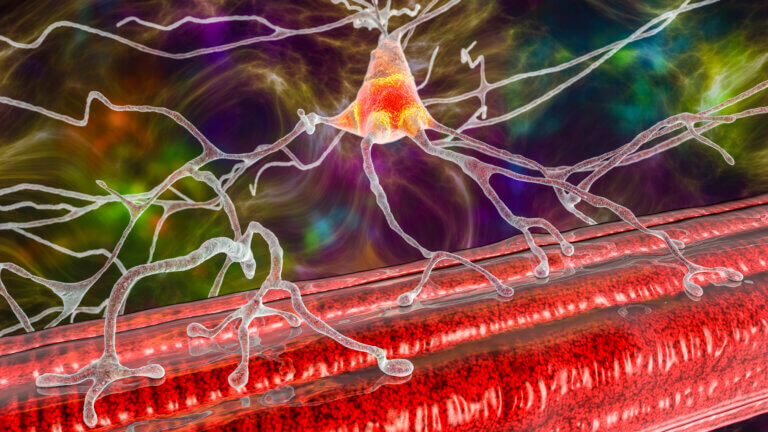
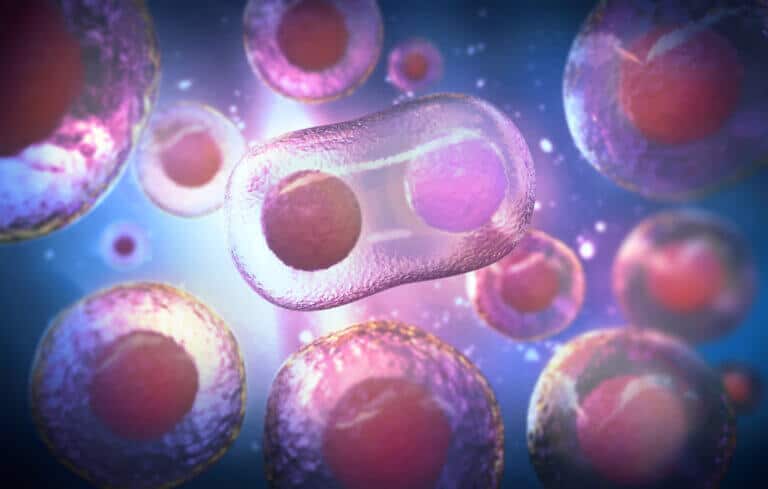

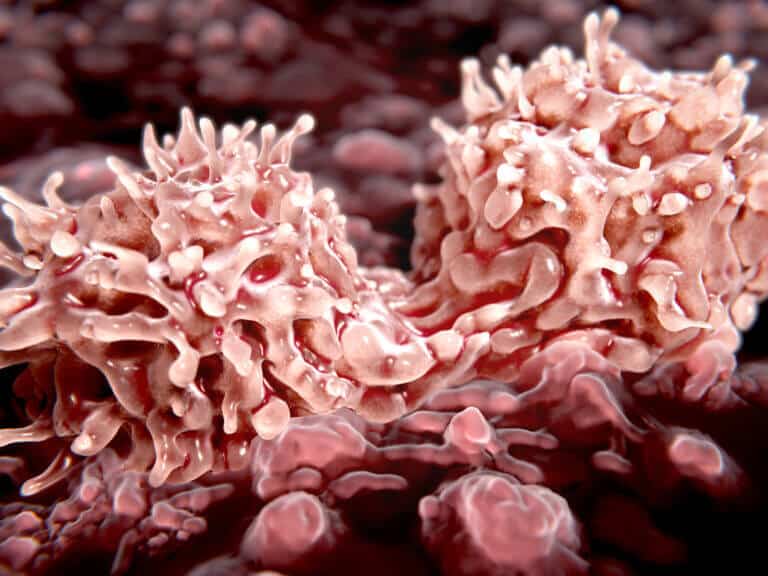
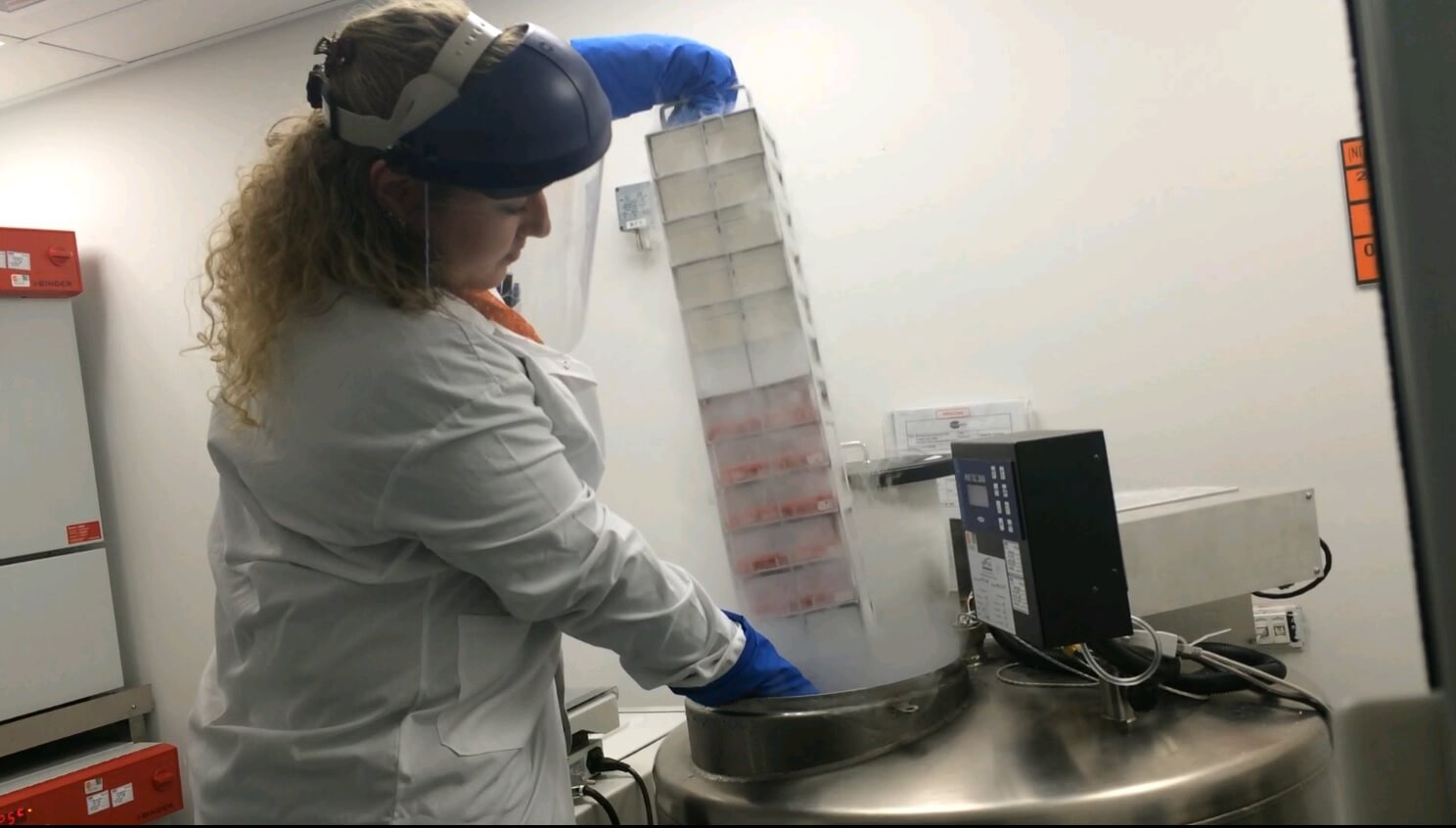
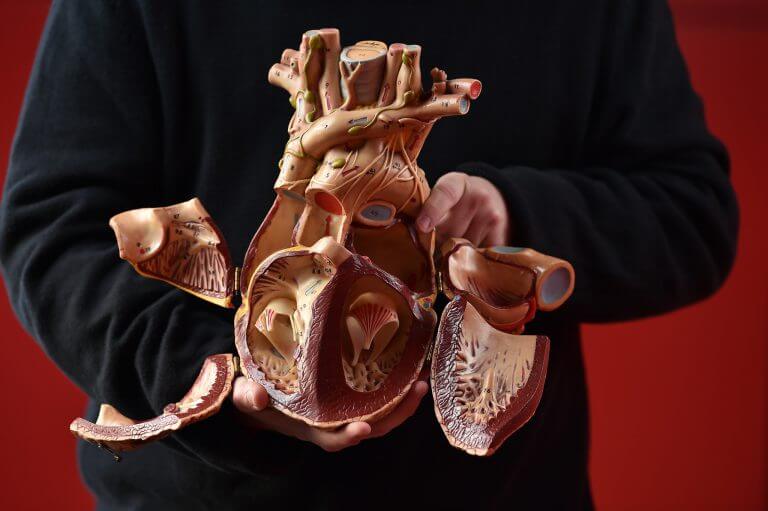
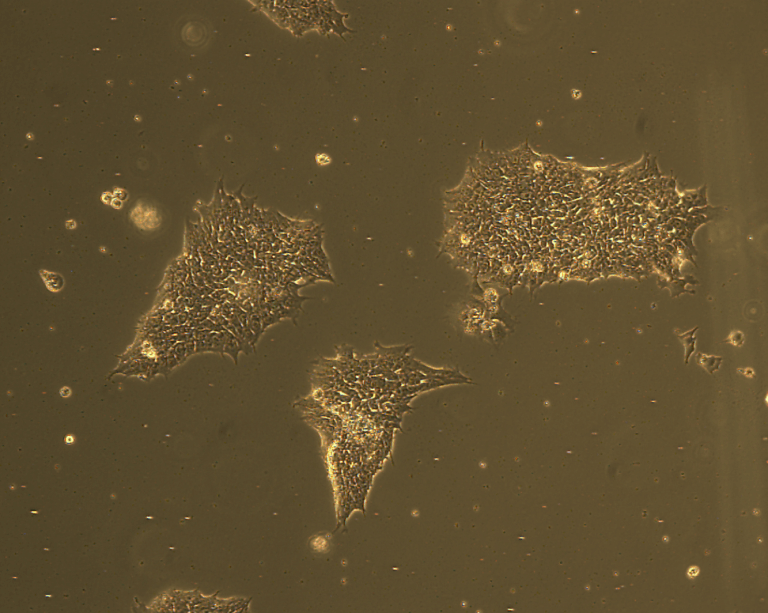
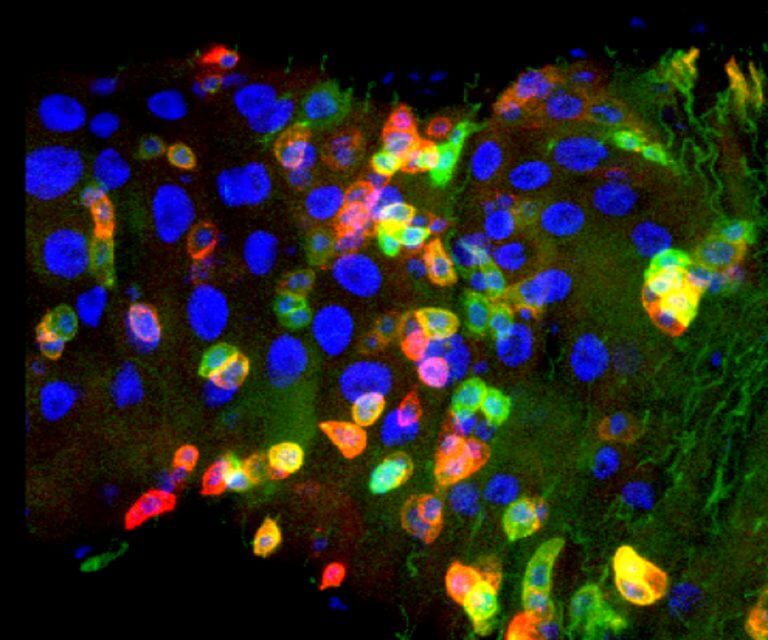
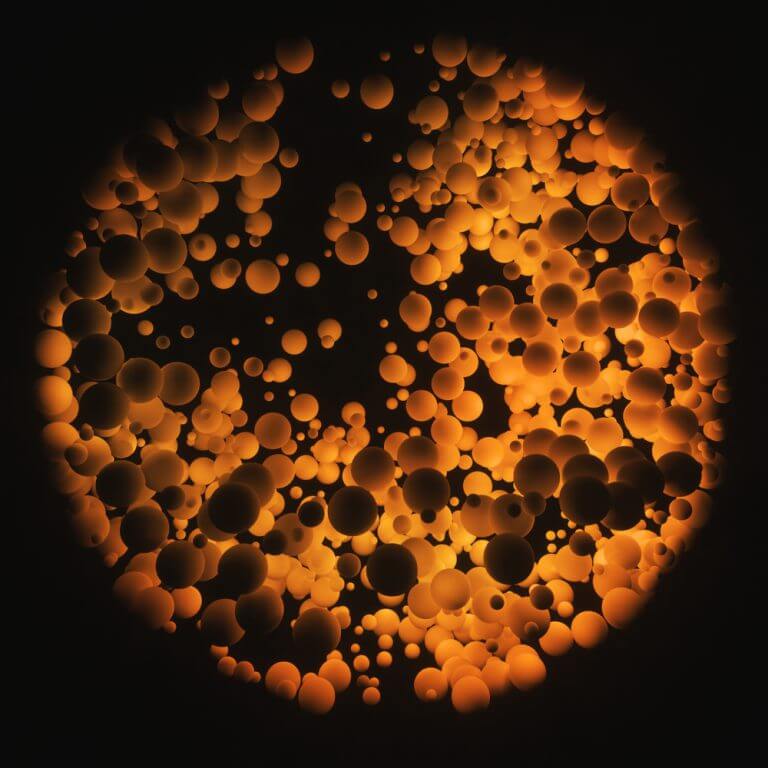
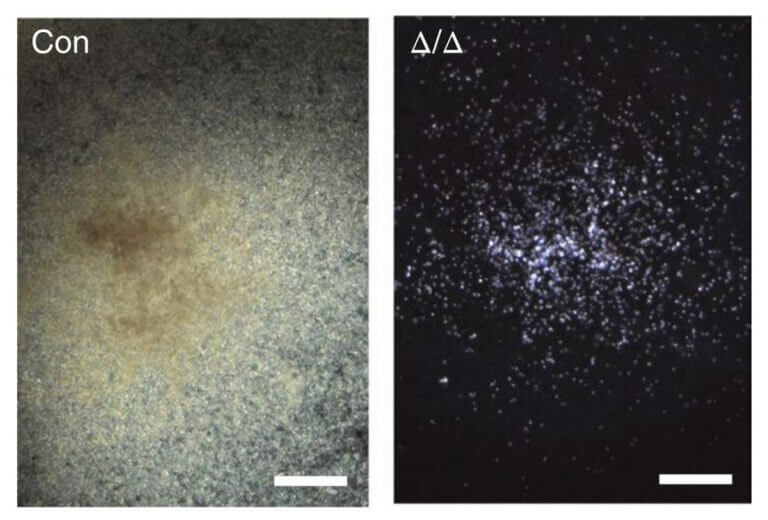
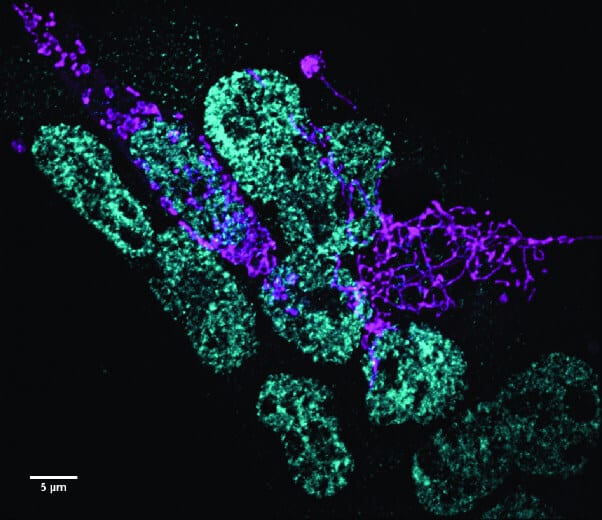
![Two-dimensional nanoparticles that interact with stem cells and direct their differentiation into cartilage cells [Courtesy: Texas A&M University College of Engineering]](https://www.hayadan.org.il/images/content3/2019/04/193350_web.jpg)
